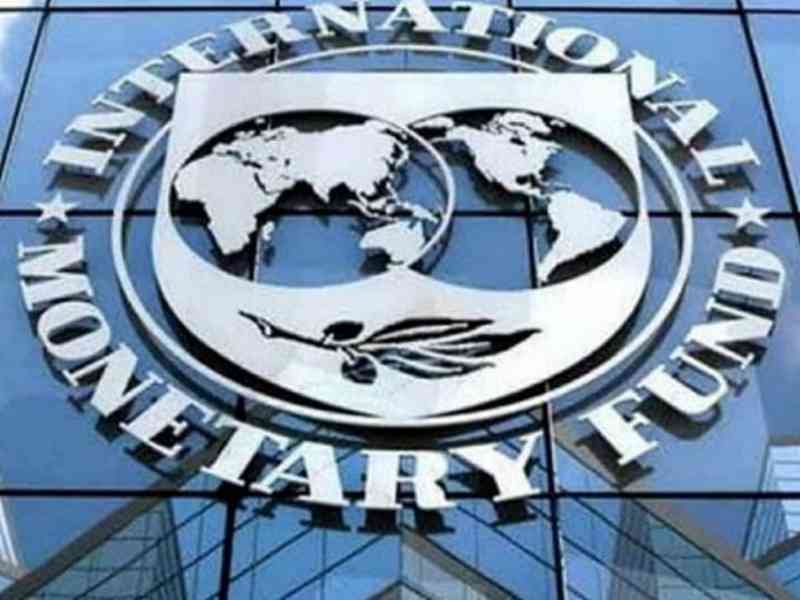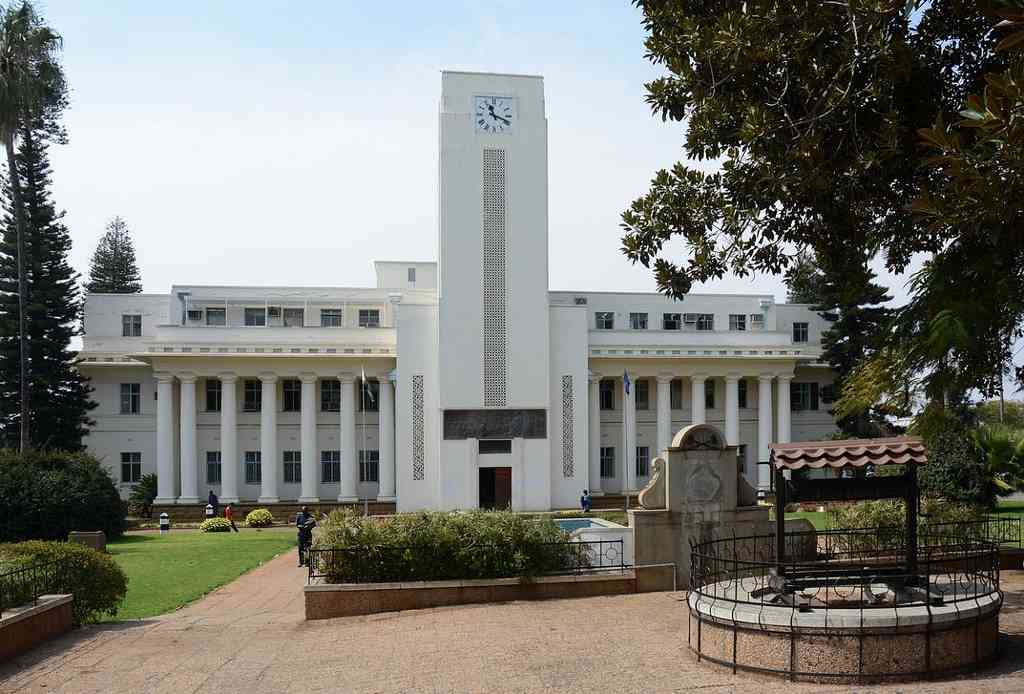
A team of technical experts from the International Monetary Fund (IMF) this week called into question the authenticity of economic data compiled by the Zimbabwe National Statistics Agency (Zimstat), raising questions about the accuracy of official information on key fundamentals.
Inflation data released by ZimStat is already contentious after the statistical agency changed its methodology of calculating the Consumer Price Index twice this year in what critics say was an attempt to hide the ravages of price increases.
The IMF technical assistance mission was in the country in October to help Zimstat produce reliable data.
In a report produced after the mission, the IMF said there were serious shortcomings in the computation of data by the Zimbabwean agency, which appeared to distort the real situation of the ground.
The team reviewed sources of data and methods used for producing a series of vital data including gross domestic product (GDP).
“In many industries, VAT (value added tax) turnover data from the Zimbabwe Revenue Authority (Zimra) were used to estimate current price (CP) output data,” the IMF said.
“These industries include the majority of manufacturing, wholesale and retail, much of transport and the services industries. The KP (constant price) series were calculated using a mixture of deflation using components of the consumer prices index (CPI) or the producer prices index (PPI)) and volume indicators. Initially there appeared to be remaining problems with the data,” it noted.
“Since the March mission, Zimstat had moved from purely excel to the NADABAS compilation system. At first look, there were some implausible growth rates, but this was as a result of the back data in NADABAS being inconsistent with the published data, which were not being revised. Once this was corrected the data seemed much more plausible,” it added.
- Village Rhapsody: How Zimbabwe can improve governance
- Village Rhapsody: Engage men to end gender-based violence
- Village Rhapsody: How Zimbabwe can improve governance
- Zim maize output to drops by 43%
Keep Reading
The IMF called on Zimbabwe to perform significant VAT turnover data cleaning.
“The data entry issues and resultant residual inflation previously apparent had been resolved, leading to major improvements in quality of the CP and KP estimates. Methodological improvements had been introduced to the estimates,” said the IMF.
“Most notably, there were improvements to the deflation of manufacturing turnover data. Previously, the aggregate had been deflated using a broad PPI. Now the individual subsectors’ data are being deflated using relevant PPI components. This gives a much more conceptually appropriate and plausible picture.”
The World Bank has also recently raised concerns over the way Zimbabwe calculates its inflation data.
It’s concerns also came after concern raised in November by the UK based World Economics, which rated the country’s official GDP and population data as “unusable for serious decision making”.
“Some volume indicators had been introduced where deflation was particularly challenging. In some industries, where appropriate deflators are not available, the use of labour market data had been widened. This has also led, in advance of a rebase, to more plausible estimates,” IMF said.
Many of Zimbabwe’s companies have been compiling their own inflation data after government briefly halted publishing the annual inflation rate in 2019 for the second time in a decade.
The government also publishing inflation data at the height of hyperinflation in 2008, which topped 500 billion percent in December of that year according to the International Monetary Fund.
But even after resuming publication of the data after the 2019 directive, there have been shifts and turns in methods used to come up with the inflation rate, triggering doubts over the usability of Zimstat’s data to make viable decisions.










